Average sizes and life expectancy for this breed:
Dachshunds are unique and lively diminutive dogs that have found their way into many people's hearts and homes in the United Kingdom and worldwide. Despite their small size, miniature Dachshunds thrive on keeping themselves busy and love a good run around or a walk in the countryside.
Initially, this dog breed was bred in Germany to hunt badgers, rabbits, and wounded game. As a result, these adorable dogs enjoy being out and about, especially if they find an appealing scent to track! However, they are also just as content curling up on a sofa next to their favourite person at the end of a long day. Dachshunds are brilliant, devoted companions, who love being part of a family.
Miniature Dachshunds are short-legged, long-bodied dogs that belong to the hound family. As a result of their unusual appearance, they are often affectionately referred to as "sausage dogs." There are three varieties of Miniature Dachshunds; wire-haired, smooth-coated, and long-haired. They all have long muzzles and almond-shaped eyes that can either be black-brown or dark red.
A smooth-coated Miniature Dachshund’s coat is silky and shiny, whereas wire-haired Dachshunds have more coarse-textured coats. Long-haired Dachshunds boast a luxurious wavy coat of soft fur. All varieties come in a range of colours including black and chocolate, red, cream, sable, dapple, and brindle. However, some colours such as ‘wild boar’ are generally only seen in wire-haired Miniature Dachshunds.
Miniature Dachshunds (also known as Doxies) are known for their loveable nature and cheerful personalities. They love cuddling up under a blanket with their human companion. Moreover, they enjoy the company of other dogs, especially other Dachshunds. These dogs also make exceptional watchdogs.
Today, Miniature Dachshunds are a popular sight in show dog competitions as well as being beloved pets. They also make fantastic working dogs, where they can be used as ratters, hunters, and trackers.
See available puppies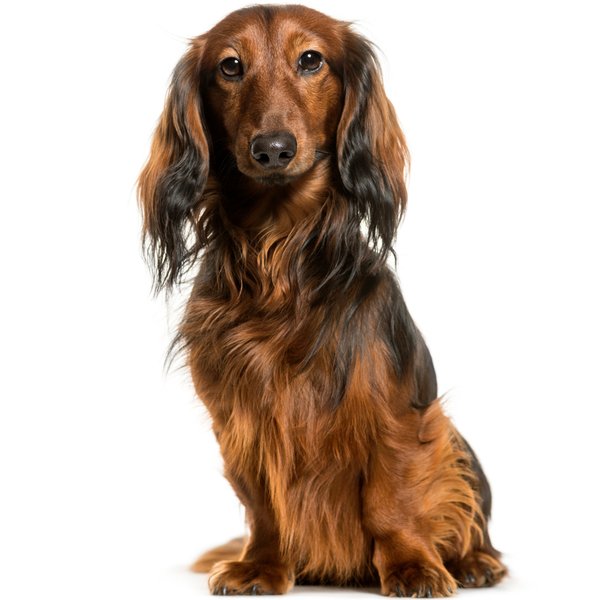

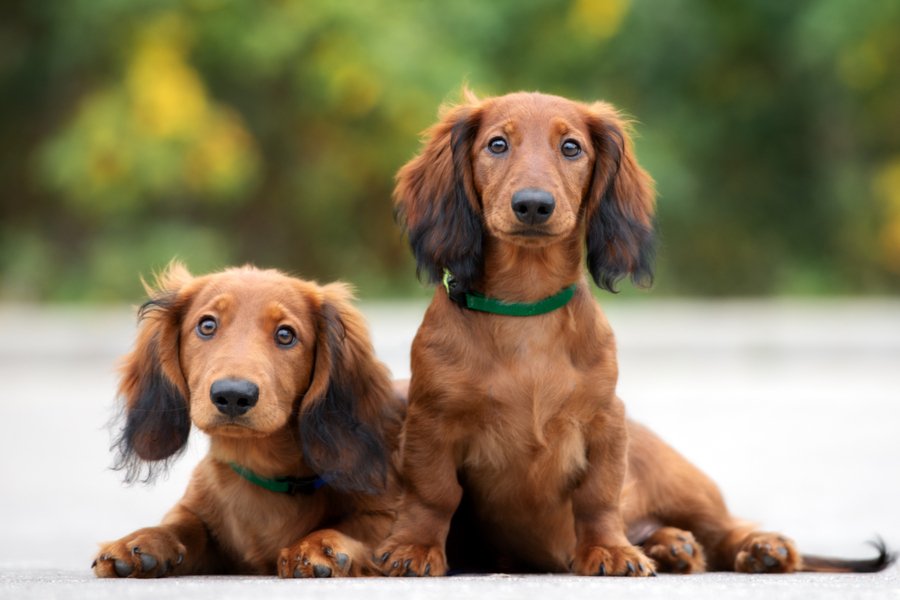


The standard Dachshund was bred around 600 years ago to hunt badgers. In fact, the name Dachshund literally translates to “badger dog”. However, their exact origin is shrouded in mystery. Many experts claim that the breed resulted from a cross between the Pinscher, the Bracke, and the German Shorthaired Pointer. There may even be a possibility of a cross between a Pinscher and a short Bruno Jura Hound. Other experts believe the breed may be a cross of a Pinscher and a miniature French Pointer or, it could also be a descendant of the Basset Hound. However, one thing is undeniable: the long-haired and the wire-haired Dachshund dogs developed from the smooth-coated Dachshund variety.
The Dachshund was first mentioned in a hunting book written by Johann Friedrich von Flemming in 1719, called the breed “Dachs Kriecher” (badger crawler). The old version of Dachshunds was larger and bulkier than today’s version.
Over the years, breeders continued to refine the Dachshund breed, creating a variety of colours and sizes to be able to hunt different game. This led to a wide range of optimal breed specifics such as a long ribcage to give the dogs the endurance they needed to battle for hours underground. Their legs also had to be curved around the ribcage with compact feet that could push heavy soil behind the dog as they burrowed.
Miniature Dachshunds are believed to have been developed in the 1800s after a surge in the German rabbit population. These dogs were small enough to dive into rabbit burrows and retrieve the inhabitants with ease. They were first recognised by the American Kennel Club in 1885. Originally, three sizes of Dachshunds were recognised; the standard Dachshund, the Miniature Dachshund, and the Kaninchen Dachshund which lies somewhere between the two in terms of size. However, the latter is not officially recognised by any breed clubs in the US or the UK. However, it is recognised by the World Canine Foundation.
The Miniature Dachshund Club was founded in 1935 as the result of a meeting between Dr. E. Hindle and eight passionate Miniature Dachshund breeders. It was registered with the Kennel Club a month after its founding.
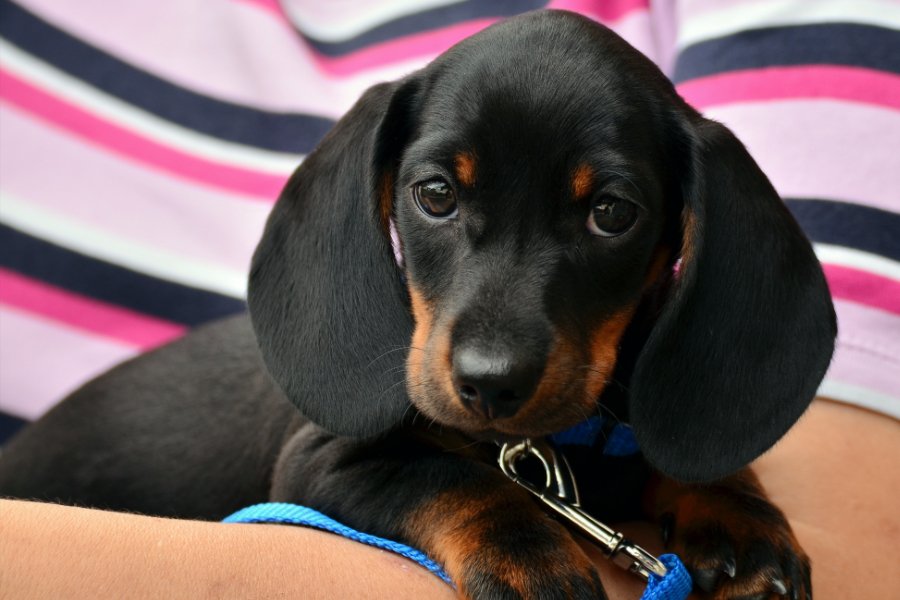
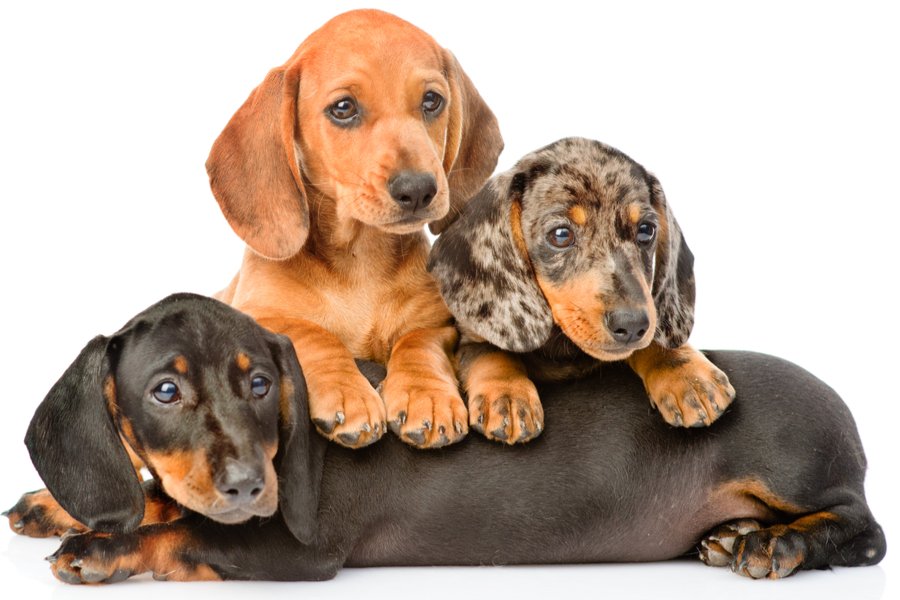
Miniature and standard Dachshunds are often referred to as Sausage Dogs, thanks to their short legs and long bodies. Dachshunds are well-muscled compact dogs with sturdy front legs that are seamlessly put together for digging. They also have long, conical-shaped heads with a slightly arched skull and ears that hang low. The neck slopes down to a protruding chest and a tight abdomen. They also have powerful jaws with closely fitted teeth and tight lips. The body should be low to the ground but there must be enough clearance to allow for ease of movement (no less than one-quarter of the height at the shoulders).
Miniature Dachshunds have wide, almond-shaped eyes, set somewhat in the corner. They generally have dark eyes but lighter eyes are acceptable in chocolate-coloured Dachshunds. Their small ears are set high and wide and are moderately long, with the edges of their ears touching the dog's cheeks.
The tail is slightly curved and continues along the line of the spine. However, it should not sit above the back or touch the ground when at rest.
Miniature Dachshunds come in three coat types; smooth-coated, wire-haired, and long-haired. All types come in a wide variety of colours including:
The most common colour for wire-haired Dachshunds is ‘Wild Boar’, which is a combination of black, reddish-brown, and grey on each individual hair strand. The most common colours seen in smooth-coated and long-haired Miniature Dachshunds are red, and black and tan.
White is not permissible under the breed standard, except for a small patch on the chest. Dapple patterns are allowed but double dapple (where varying white patches appear on the coat in addition to the normal dapple pattern) are not accepted. These dogs often suffer from hearing and sight problems, as well as other internal deformities. Piebald colouring is also not an accepted colour in the UK. This occurs when both parents carry the recessive Piebald gene which puts the dog at a higher risk of eye problems and blindness.
This dog breed has been described as being confident to the point of rashness. So, they are known to be fairly stubborn and independent. As a result, these dogs need consistent, patient training. Positive reinforcement tends to work well with these incredibly intelligent and energetic dogs.
Early socialization is essential to familiarize Miniature Dachshunds with young children, strangers, and other animals. They generally grow into loving dogs that form strong bonds with their owners, usually one family member in particular. However, they can be cautious with strangers.
A Miniature Dachshund will make a good match for a dog owner who may not have a lot of space but still wants a strong-minded, strong-willed, dog. However, it's worth noting that you must have the time to devote to these affectionate dogs as they don’t do well when left alone.
Dachshunds are described as clever, energetic, and brave. They were originally bred to be tenacious and persistent which still shows in the breed today. However, when they are not dashing after an appealing scent, they love to cuddle up with their favourite human. For many Dachshund dog lovers, this characteristic overshadows the breed's determination to have their own way!
A Miniature Dachshund’s personality can also differ with coat type. Wire-haired Dachshunds were bred later than the other varieties by crossing existing Dachshunds with terriers. So, they tend to be more mischievous and playful than their smooth or long-haired counterparts. Long-haired Dachshunds have a reputation for being calmer and more docile, and smooth-coated Dachshunds are a combination of the two.
It’s always best to keep your Miniature Dachshund on a lead during walks. These dogs have a strong hunting drive so they may take off without warning if they pick up a scent.
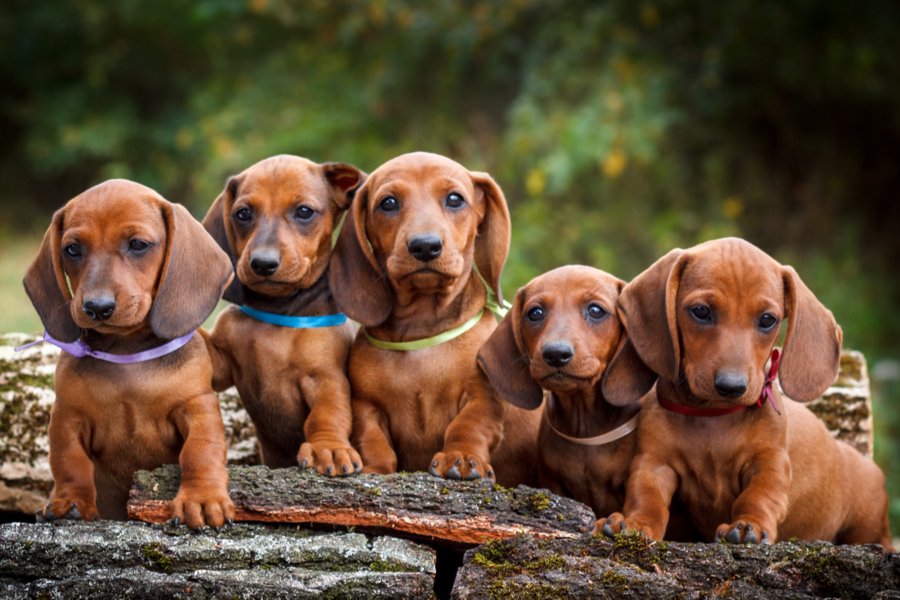
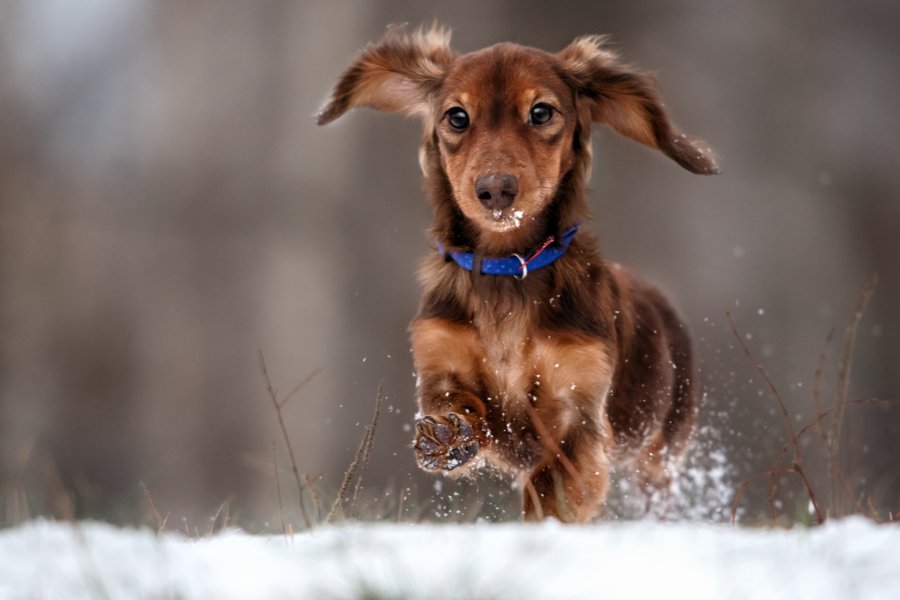
Dachshund Miniatures are intelligent little dogs. However, their training does need to begin early in life to prevent behavioural problems from developing. It can be tempting to allow these adorable dogs to indulge in whatever they like to do. However, reliable and consistent training is the key to developing a well-behaved, housetrained Miniature Dachshund.
Dachshunds have a lot of energy and vigour. They adore walking and playing outdoors with other dogs. They also like to dig and hunt. They can cope well with apartment living but they do require regular physical and mental stimulation to remain happy.
This dog breed is not suitable for outdoor living. These dogs crave attention so they may be tempted to try and escape which can lead to injury. Their coats are also not designed to withstand cold temperatures. Be mindful that Dachshunds can easily injure their backs by jumping on and off furniture, especially Miniature Dachshunds. So, investing in a ramp or steps is highly recommended. Just make sure you train them how to use it! When holding a Dachshund, always support their rear and chest.
A Dachshund Miniature requires proper motivation and positive support techniques to keep them focused on training. This could be their favourite toy, a tasty treat, or fuss from their favourite human. Training sessions should be kept relatively short to ensure your Dachshund remains attentive and eager. These dogs can become bored very quickly and are easily distracted. So, make sure you keep all training and exercise tasks fun and exciting.
It’s also a good idea to start your training in a quiet room with no distractions, such as other humans, dogs, or loud noises. This will ensure your dog’s focus will be entirely on you. After mastering basic training, you can move into the garden or another room to continue training. As your Miniature Dachshund advances, you can start taking them to local dog parks so they can interact with other dogs.
Remember never to shout at your dog because it is likely to make them confused and even scared. This can lead to anxiety, frustration, and the development of aggressive behaviours. It’s vital that you build up a positive bond with your Dachshund to nurture their confidence and independence.
The wire-haired Miniature Dachshund requires weekly brushing to keep their fur in good condition and free from mats. Due to their thick double coats, they also require grooming several times a year to have the undercoat stripped. In addition, you should regularly check your wire-haired Dachshund over for any twigs or burs that may have gotten tangled up in their coat after any outside play.
Long-haired Miniature Dachshunds require a bit more maintenance and grooming than their smooth-coated and wire-haired cousins. Brush their coat at least twice weekly, particularly focusing on the long hair around the ears to prevent tangles and mats. These dogs love to spend time with their humans so consider daily brushing sessions to increase your bond and to keep the coat shiny.
Smooth-haired Miniature Dachshunds require a weekly groom with a soft-bristled brush.
For their dental health, you should brush their teeth at least two or three times a week to get rid of tartar buildup and to prevent bacteria from harbouring in the mouth. However, daily brushing is recommended to prevent tooth and gum diseases, as well as bad breath.
Their nails should be trimmed monthly or as needed. Inspect their ears at least once a week for dirt, debris, wax buildup, redness, or a foul odour that can suggest an infection. Wipe them out once a week with a damped cotton ball and a gentle, pH-balanced ear cleaner to prevent ear infections and other problems.
Every time you groom your Dachshund, check their little body over for sores, rashes, or any signs of infection such as redness, inflammation, or tenderness on their skin, eyes, mouth, nose, and feet. Their eyes must be healthy and clear without any discharge or inflammation present. Doing this careful weekly checkup with your Dachshund will aid you in identifying potential health issues early.
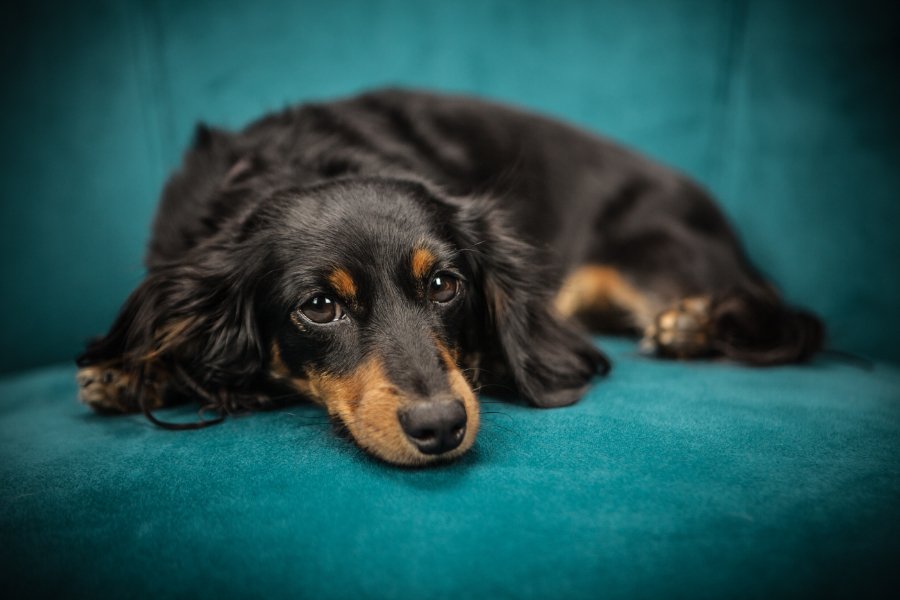
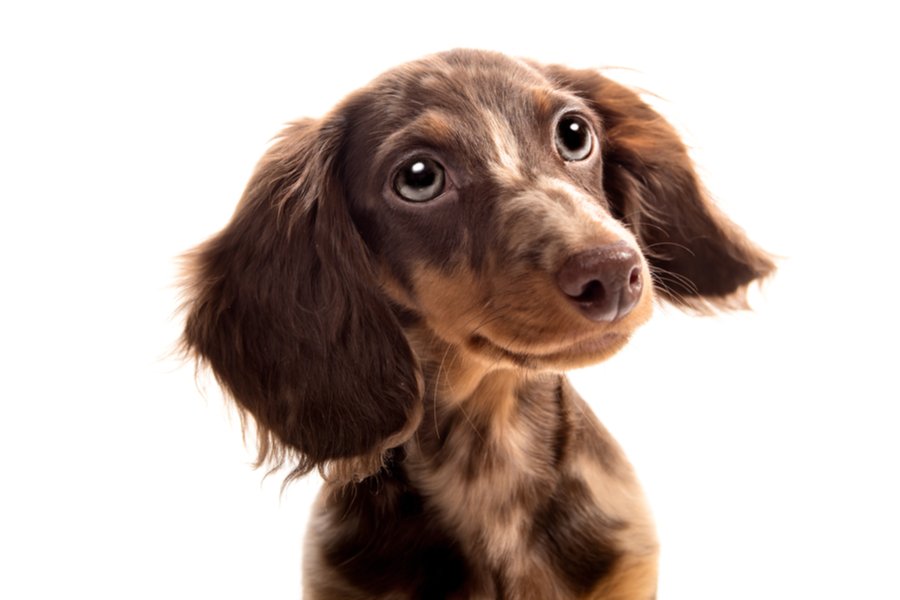
Short legs and elongated bodies are the Miniature Dachshund’s trademarks. However, they can also lead to genetic problems and health issues. For this reason, it’s essential that you only purchase Miniature Dachshunds from a reputable breeder because they will be able to check for any genetic or underlying health conditions that may impact your dog's welfare later in life.
Here are some of the more common health issues seen in Miniature Dachshunds:
Miniature Dachshunds are incredibly attention-seeking and active, which makes them great companions for couples who work from home or families with older children.
These dogs are not the best choice for people with young children because rough handling can easily cause injury due to a Dachshund’s delicate and unusual bone structure. Dachshunds also have a bit of a reputation for turning aggressive if they have not been raised or handled correctly, particularly with strangers.
It’s highly recommended that you supervise all interactions between a Dachshund Miniature and a toddler to prevent any incidents.
Miniature Dachshunds also get along well with cats and other dogs as long as they have been introduced from a young age. However, these rambunctious dogs are not suitable for homes with smaller pets such as rabbits or hamsters because they may be viewed as fair game!
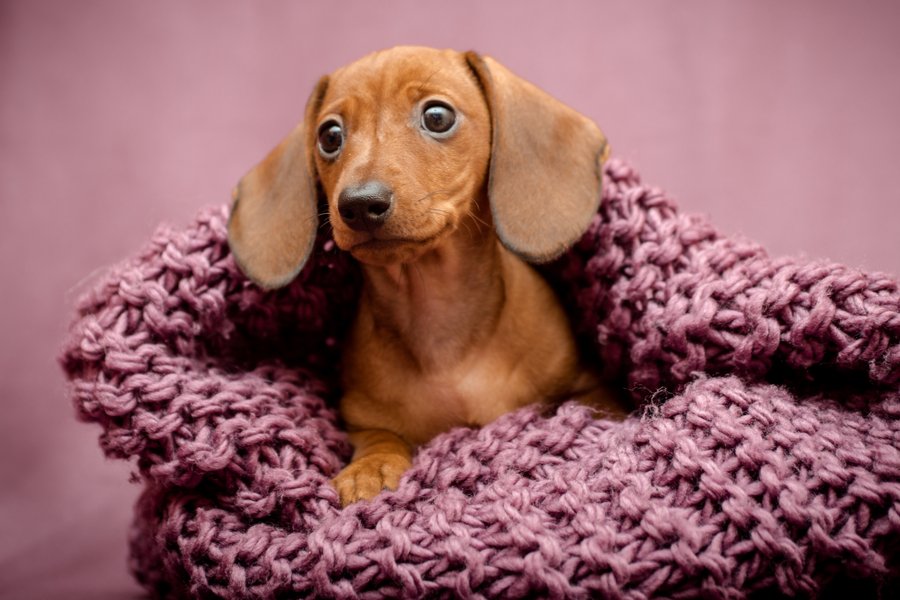
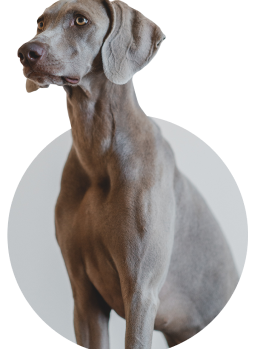
We can connect you with Breeders that are specialized in this particular breed.
See available puppies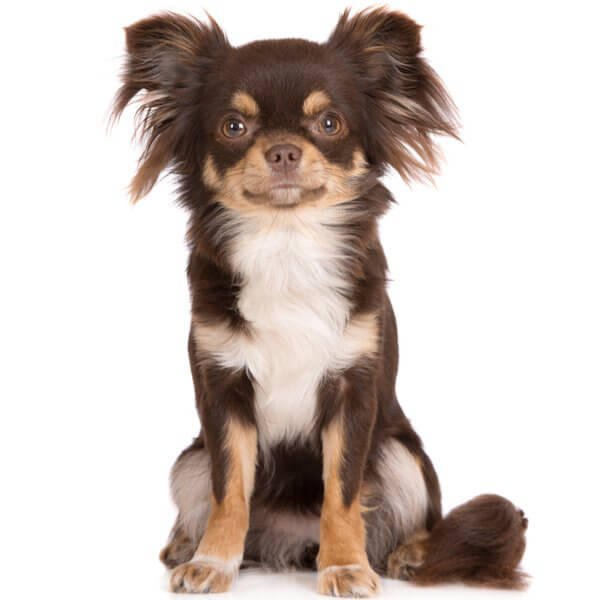
Mexico
Size : Small
Coat : Long
Registration : KC, FCI, AKC
Exercise : 30 minutes
Training : Easy
Grooming : Twice a Week
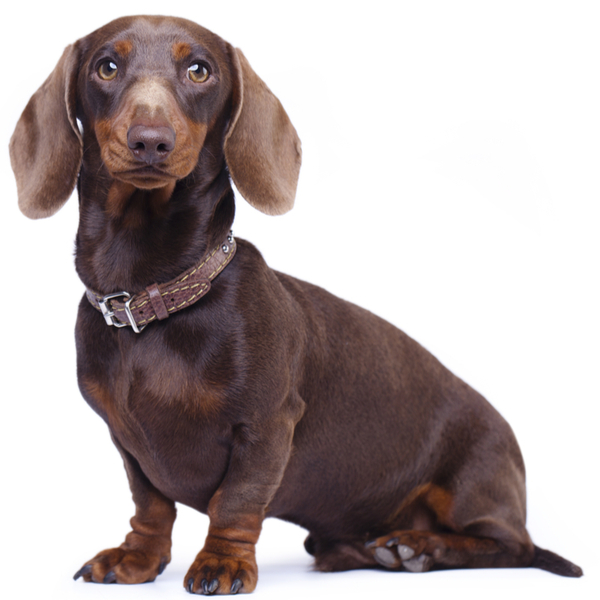
Germany
Size : Small
Coat : Long
Registration : KC, FCI, AKC
Exercise : 30 minutes
Training : Medium
Grooming : Twice a Week
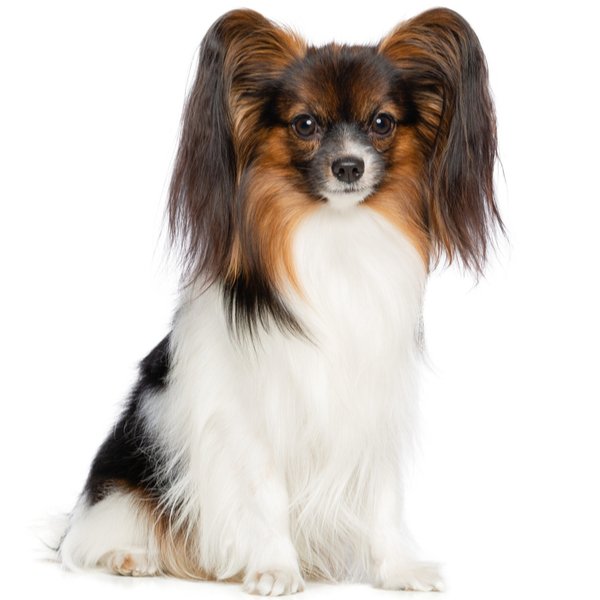
France
Size : Small
Coat : Long
Registration : KC, FCI, AKC
Exercise : 30 minutes
Training : Easy
Grooming : Once a Week
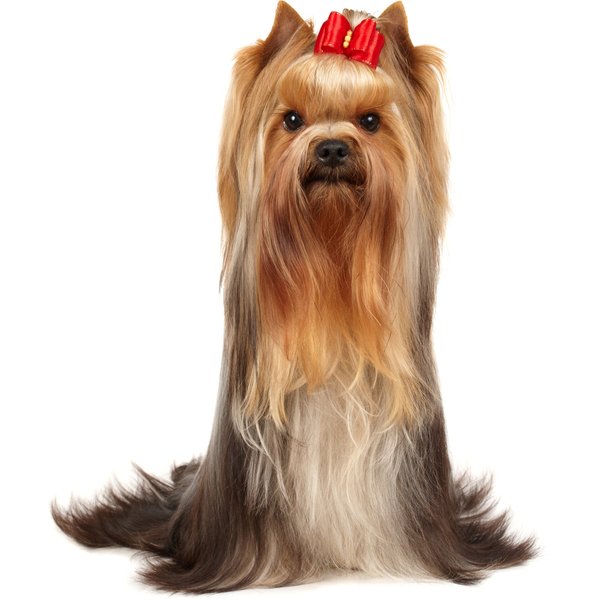
United Kingdom
Size : Small
Coat : Long
Registration : KC, FCI, AKC
Exercise : 30 minutes
Training : Easy
Grooming : Twice a Week


Need some advice?
Whether you're a first time pet owner, an experienced pet owner, a new or long-time breeder, or just curious about pets, we've got you covered!

January 17, 2024
What Is The Personality Of Russian Blue Cats?
Russian Blue cats are most known for their distinctive shimmery blue-silver coat and piercing green eyes. However, this breed’s calm and gentle temperament is what makes them shine the most in the feline world.

January 17, 2024
10 Facts About Russian Blue Cat Breed
Russian Blues are one of the most aesthetically stunning cat breeds, with a gorgeous plush silvery coat and vibrant green eyes. However, it’s not only their appearance that is beautiful; their nature is too.

January 17, 2024
How To Choose The Right Cat Breed for You
Cats can make the most fantastic animal companions; they are adorable, friendly, and loving. However, not all felines are created equal. There are many different breeds, of which each has its unique personality traits.
Need some help?
Contact us to speak to our friendly advisor, who will gladly help you find your dream pet!



We are registered in England and Wales under registration number 12568840,
and our registered office is at 58-60 Kensington Church Street, W8 4DB London, England.
© 2023 The Pedigree Paws